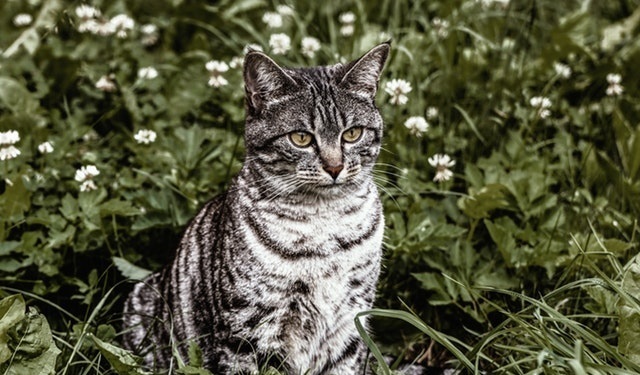
If you consider yourself a bit of a green thumb and you like to let your cats wander about outside then you might worry about them eating something toxic in your garden. While I’ve already called out several of the most common toxic plants in this article here I also wanted to call out some great plants you can grow knowing full well they aren’t dangerous for your cat.
While you can always check the ASPCA’s much more comprehensive database for the safety of a specific plant, this article is intended to call out some of the plants that will not only look nice, but also seem to really encourage your cat to enjoy the garden area. So let’s get to it, let’s take a look at some cat safe outdoor plants for your garden! I broke it down into four major sections for ease of navigation, use the quick links to get there fast:
The Most Obvious Cat Safe Outdoor Plants
While it probably really isn’t necessary to call out these two plants because they have the word cat in their name, I’m gonna do it anyway.
Catnip – While probably the most obvious and the most likely to pop to mind when asked what cats go nuts for, it is definitely a go to choice worth calling out. Catnip is easy to acquire at places like Home Depot and looks respectable in any garden. It’ll also make your cat either really hyper or really happy, my experience is that it depends on the specific cat!
Cat Grass – Cat grass is one of the most common types of plants you’ll see made available for cats because they love to eat it. If you’re curios why you can check out my article on cat grass here and you can also find out how to. You can buy a great cat grass starter kit here:
Or if you'd prefer to grown your own you can read my article on how to grow your own here. Cat grass is super easy to grow and it grows really quickly too so it makes a nice filler in a pot or right in the garden!
Herbs & Spices
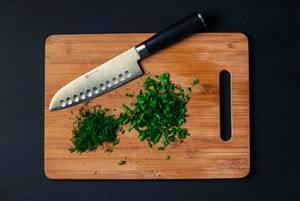
- Dill – Dill is a wonderful aromatic spice to keep around your kitchen. If you’re not already using it today you definitely should! Dill is best when used fresh as it loses its flavor rapidly if dried; however, freeze-dried dill leaves retain their flavor relatively well for a few months.
- Basil – Basil is completely safe for your feline friends and boy does it make a wonderful Caprese salad! There are a bunch of different kinds of basil and you can explore all of them in safety with your feline pal in mind.
- Cilantro (Coriander) – Are you into Mexican food? Cilantro makes a wonderful addition to any kind of salsa you might be making at home. It is also a great general garnish for pretty much anything you’d like to add it to.
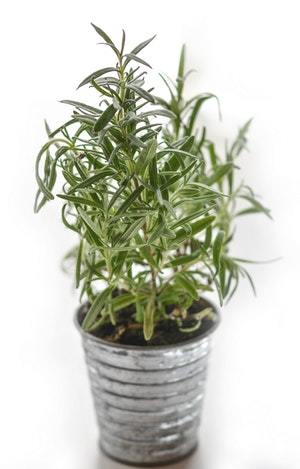
- Thyme – Thyme is most commonly used to season meats, a wonderful example is chicken. Thyme grows really well in hot and sunny locations where it won’t get too wet.
- Rosemary – Rosemary is an excellent herb to add to your vegetables when you’re cooking at home. On top of this it grows very well in climates that might be subject to drought on a frequent basis.
- Sage – Referenced in the beautiful song Scarborough Fair along with its friends parsley, rosemary, and thyme, sage is considered one of the essential herbs to have handy in your kitchen. It has a savory, slightly peppery flavor. It appears in many European cuisine
Vegetables
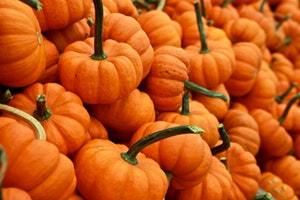
- Pumpkins – Pumpkins are one of those plants that grow gigantic and take up loads of space, but in doing so they create all sorts of wonderful shady spots for your cat to take refuge from the sun or just to enjoy padding around and stalking whatever prey might be out in your garden.
- Cucumbers – Cucumbers are a wonderful addition to any garden. Not only are they incredibly refreshing to eat on their own or when used to infuse some water, but they are also 100% feline approved from a safety standpoint.
- Squash – Squash plants grow to have leaves with huge surface areas that make a wonderful place for your cat to take refuge in the shade or just find a nice hiding spot. Squashes are also great vegetables to have around to cook with too!
- Beets – Beets are simply delicious in my mind, and they are also pretty hands off once you get them to sprout.
- Kale – We’ve seen kale grow from a mostly unknown plant to the center of the ‘super food’ list in the past few years. There are a wide variety of different kales available and they are a very durable and hardy plant that can be started early in the year to give your garden some color right away!

- Carrots – You’ll find carrots mixed into all sorts of wet cat foods and you might also be surprised to discover that cats seem to enjoy plain cooked carrots as a treat! Try growing your own and cooking them up for your cat. Raw carrots can be harder for your cat to chew and digest, but they aren’t poisonous so the plant is safe!
Flowers
- Impatients – Impatients have been one of my favorite plants ever since I was a kid. In general they are easy to grow and I swear every year I see them growing larger and larger, people must be feeding them plant steroids! That being said they are gorgeous and they are relatively durable too so they make a nice plant to run along the sides of your garden and add some color.
- Petunias – These flowers bring wonderful purples and pinks to your garden and despite originating in South America they grow fine almost anywhere in North America in the summer months.
- Zinnias – If you’re looking to bring a bunch of color to your garden this is your go to plant. Zinnias come in a huge range of different colors and even different shapes too. Keep in mind they aren’t a super hardy plant so you’ll have to wait for the warm weather to come before planing these guys.
- Nasturtium – Newbie gardeners often go for Nasturtium because not only do they have pretty flowers, but they are also edible for humans. They are of course also non toxic to your furball as well!
- Sunflowers – One of the easiest plants to grow if you have a sunny yard, the only thing you need to keep an eye on is if they get too tall. You can aim for dwarf sunflowers as well to keep them lower to the ground. Given the way sunflowers grow they don’t have a lot of ground cover so they give your cat a wonderful place to go stalking if you plant a few of them in rows!
- Violets – Also commonly known as pansies, violets have actually been cultivated for over 2500 years! The Greeks were growing them back as far as 500 BC, perhaps it was to ensure their cats had cat safe plants around! These are gorgeous flowers that bring excellent color to your garden.
- Snapdragons – One of the most unique flowers I’ve ever seen in my life, snapdragons actually look like the face of a dragon! Maybe your kitty and the snapdragons can have a staring contest to see who is more vicious and the victor will bite the loser!
- Cornflower – You may have also heard this beautiful blue flower called bachelor’s button, this is an annual plant that brings gorgeous color to any garden. It gets its name because it often grew in corn fields and was considered a weed to the farmers growing the corn.
Anything Else to Consider?
While most vegetables are deemed relatively safe a few other things you should keep an eye on are the green parts of potatoes and tomatoes. In my article on poisonous plants I explain a bit more about it, but to be safe you should probably keep an eye on your cat if you have tomatoes and potatoes around to ensure they aren’t eating the green parts of the plant.
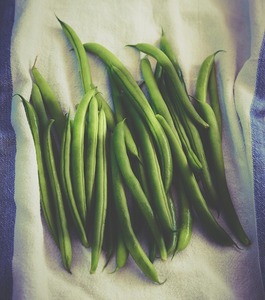
Beans in general (green beans are a great choice) can also be used in your garden and are mostly cat friendly (avoid castor beans). Since beans tend to grow in a very vine like fashion you can do all sorts of cool stuff to create hiding places or hidden paths for your cat. You can even make a bean teepee for them! And if your cat nibbles on them, which in all likelihood they won’t, they are not considered toxic.
Closing Comments on Cat Safe Outdoor Plants
While you can of course limit your own garden the cat safe outdoor plants I’ve outlined, if you are letting your cat outside she might have access to other gardens as well. If you’re worried your cat has eaten a poisonous plant then get your cat to a veterinarian as quickly as possible and bring the plant along with you for ease of identification. If it is after hours and you need help immediately then you can try one of the following:
- Contact the ASPCA National Animal Poison Control Center at one of these numbers: 1-888-426-4435 (a $65 dollar charge might apply)
- Call the Pet Poison Help Line at 855-764-7661 (note there is a $59 dollar charge for their help)
Please share any experience you have in keeping your cat from eating plants, poisonous or not. Feel free to leave a comment about it below or email me directly at Craig@StuffCatsWant.com. I’ll be happy to update the article to reflect any additional information!
Please note that StuffCatsWant is providing this information as a service to the public. I am not a veterinarian and nor do I claim to be. While this list was thoroughly vetted against multiple sources you can always check with your veterinarian if you have any doubts. StuffCatsWant disclaims all warranties and liability related to the veterinary advice and information provided on this site.
StuffCatsWant.com is a participant in the Amazon Services LLC Associates Program, an affiliate advertising program designed to provide a means for sites to earn advertising fees by advertising and linking to Amazon.com.

